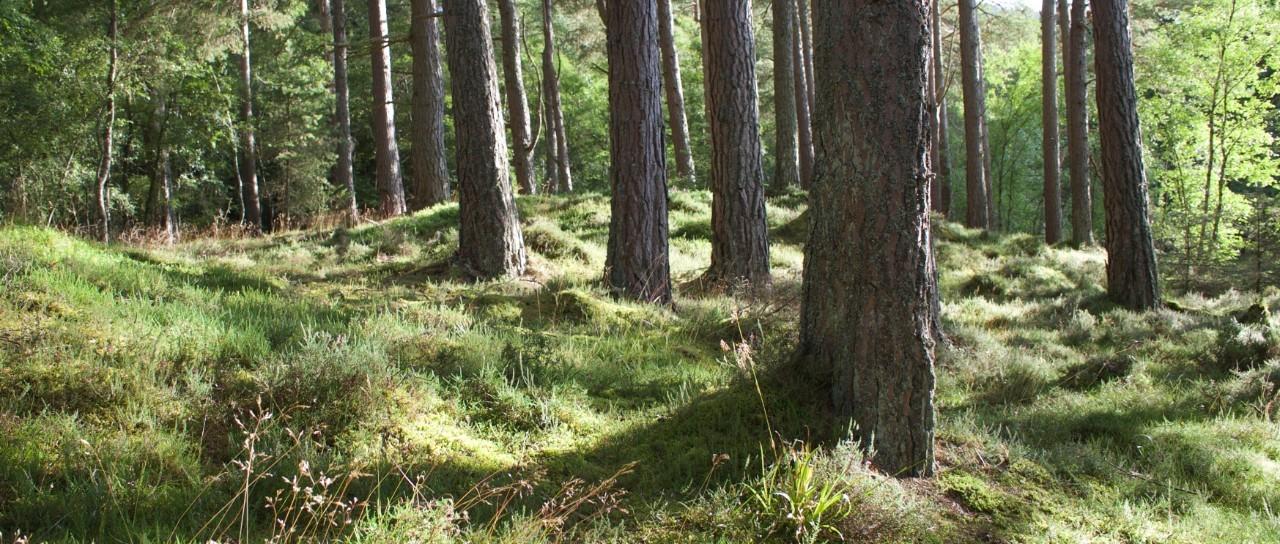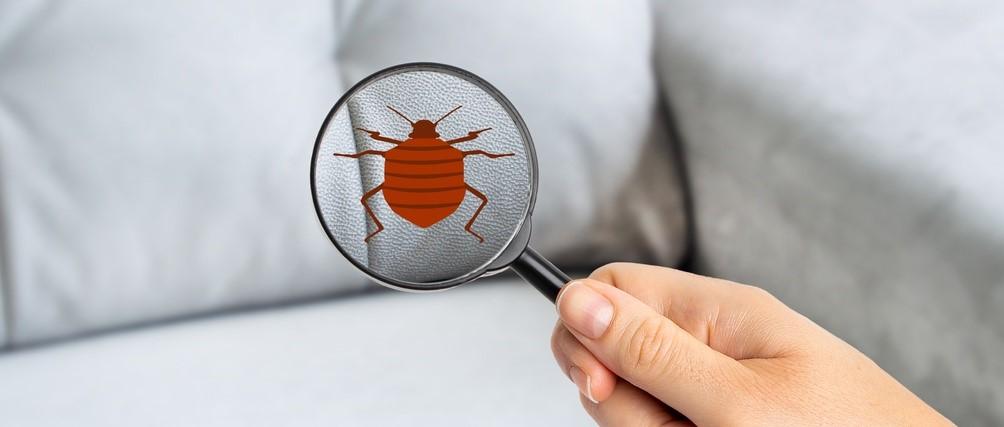
UK Lyme disease cases may be three times higher than estimated
Peer reviewed by Natalie HealeyLast updated by Milly EvansLast updated 31 Jul 2019
Meets Patient’s editorial guidelines
- DownloadDownload
- Share
- Language
- Discussion
A new study has shown that the number of new cases of tick-borne Lyme disease in the UK may be three times higher than previously thought.
The study, published in the online journal BMJ Open, found that cases of Lyme disease might top 8,000 in 2019. It has become the most common tick-borne infection in many parts of Europe and the USA. Higher rates of the disease in neighbouring countries have raised concerns that the current estimates of 2,000-3,000 new cases in the UK each year are too low.
Lyme disease is an illness caused by being bitten by a tick infected with a germ called borrelia. There are different types of the bacterium, one of which causes Lyme disease. Ticks are small, insect-like creatures, around the size of a pinhead which feed by biting the skin and drinking the blood of animals and sometimes humans. The illness is not passed on human-to-human and so can only be passed on through tick bites.
The illness tends to start as a 'bullseye' shaped rash and flu-like symptoms, in some cases going on to cause joint, nerve, brain and heart problems and secondary rashes, although it does not always follow this pattern.
Late-stage Lyme disease may develop months to years after infection. This can cause arthritis, brain problems, nerve weakness and skin changes. Some people experience what has been called 'post-Lyme syndrome' with symptoms similar to fibromyalgia and chronic fatigue syndrome.
The researchers used anonymised data from around 8.4 million people or 8% of the UK population. They categorised diagnoses of Lyme disease into those which had been clinically diagnosed (1,702), suspected and treated (1,913) or considered possible and treated (468). One in five of those who received treatment were in their 40s, with similar numbers in their 50s and 60s. Just over half of cases were women and girls (53%) and half of cases occurred during the summer months.
All regions and countries of the UK were affected but around a quarter (27%) of cases were in Scotland, perhaps due to the wetter climate and popularity as a hiking destination. The south of England also saw high numbers of cases.
The number of recorded cases in the database rose from 60 in 2001 to 595 in 2012, leading researchers to estimate that there were 7,738 cases across the UK in 2012. The estimated incidence rate was 12.1 cases per 100,000 people in 2012. However, between 2010 and 2012 the average estimate varied from six cases per 100,000 in Wales to 37.3 cases per 100,000 in Scotland. The new figure for cases of Lyme disease in 2012 is around three times higher than previous estimates. If this upwards trend continues, the number of cases could be above 8,000 in 2019.
The researchers encourage greater awareness of the risks of Lyme disease and protective measures including avoiding dense vegetation, using insect repellent, tucking trousers into socks and searching the body for ticks. "Greater awareness of the risks may also lead to more rapid diagnosis and treatment which is important to prevent long-term morbidity," they said.
In a comment, Sally Cutler, Professor of Medical Microbiology at the University of East London, explained why cases of Lyme disease seem to be on the rise. "In the UK we do seem to be seeing an increase in Lyme disease cases reported over time. This is not reflected by an increase in number of infected ticks, but the density of ticks (the amount of ticks in one place) over time has not been studied."
She suggested that factors such as climate change and increasing public awareness of the disease could also be credited with this greater number of diagnoses.
This study was published in BMJ Open.
Patient picks for Other infections

Infections
How to spot bedbugs and get rid of them
An infestation of bedbugs in France has led to concerns that the insects will find their way to the UK. Unfortunately, bedbugs are pretty common - but there are steps you can take to keep them out of your bedroom. Here we look at how you can tell if you have bedbugs, and what to do about it if you do.
by Lydia Smith

Infections
Strep A: What is invasive Group A streptococcus?
Parents have been warned by health officials to be aware of the infections strep A can cause, after the deaths of several children in the UK from it. While most people don't become very ill, the highly contagious bacteria that causes the infection can cause serious illness and can be fatal.
by Lydia Smith
Continue reading below
Article history
The information on this page is peer reviewed by qualified clinicians.
31 Jul 2019 | Latest version

Ask, share, connect.
Browse discussions, ask questions, and share experiences across hundreds of health topics.

Feeling unwell?
Assess your symptoms online for free